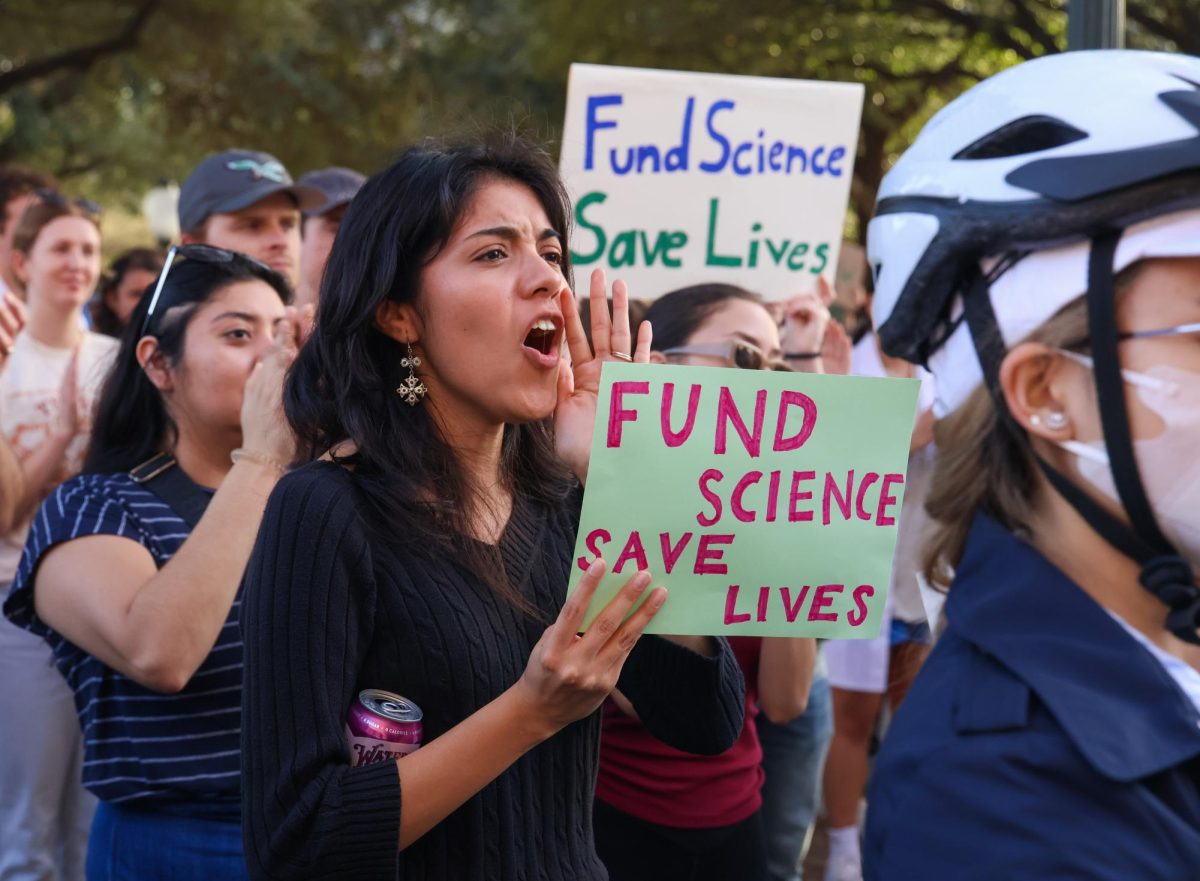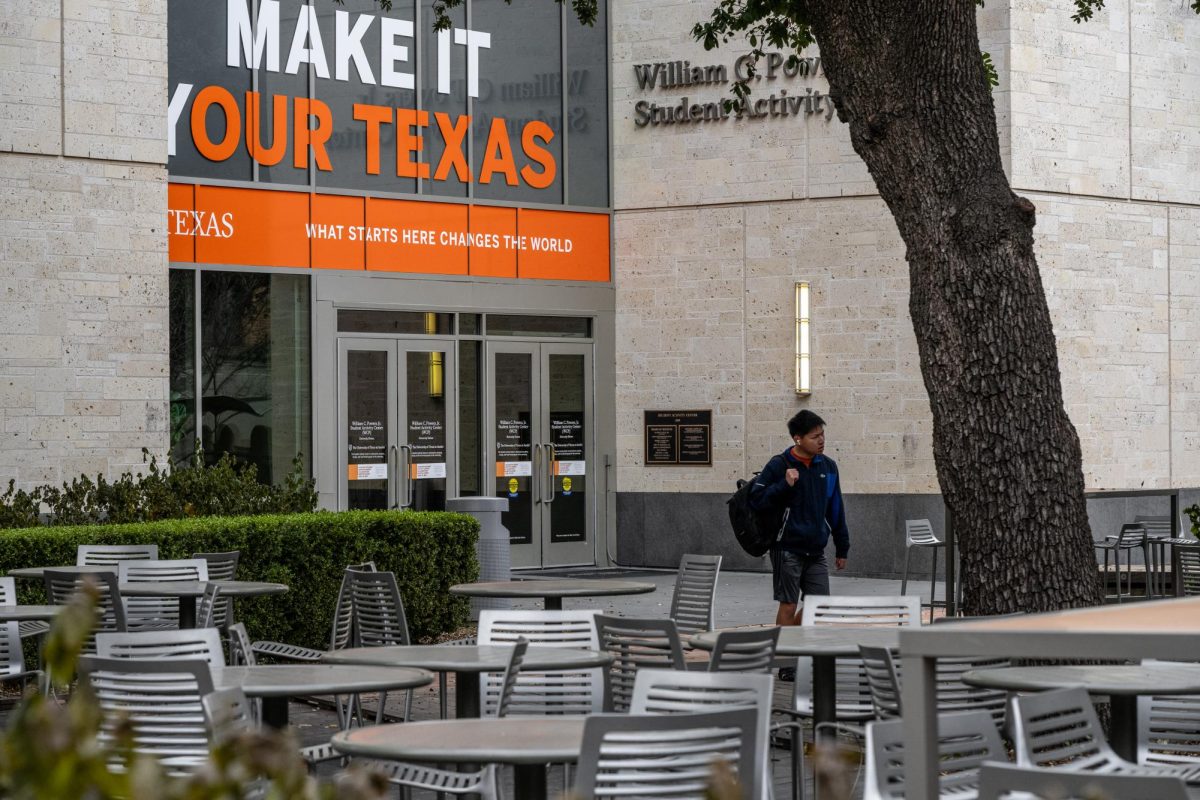A research team within the LBJ School of Public Affairs and Cockrell School of Engineering partnered with Austin Energy to develop plans to reach the city’s sustainable energy goals. The Austin City Council will vote on a final plan by the end of 2024.
Michael E. Webber, researcher at the Webber Energy Group, collaborated with the city for the Resource, Generation and Climate Protection Plan, which aims to eliminate carbon while meeting growing energy demand by 2030.
Webber told the Austin Energy Utility Oversight Committee on Sept. 24 that climate change will strain the grid and make it harder to respond to growing consumption and power demand in Austin.
“There’s more operational challenges to the grid than we had before, while we also need to grow the grid and decarbonize it,” said the professor of public affairs and engineering to the council.
The group identified four factors that could increase energy demand in future energy projection models, said Emily Arnim, a graduate researcher working with Webber. These include population growth, electric vehicle adoption, data center growth and electrifying homes.
The group estimates an added 500 megawatts to the Austin Energy Service area by 2040, but Arnim said this projection is not an absolute metric.
Austin Energy aims for carbon-free generation by 2035 and net-zero greenhouse gas emissions by 2040. The utility maintains wind, solar, natural gas, coal, nuclear and other generation methods. In 2022, 77% of electricity in Austin was generated with carbon-free sources.
Lisa Martin, deputy general manager and chief operating officer of Austin Energy, said the models are parameters for policymaking and Austin Energy interacts with various “outside experts” to inform the company’s initiatives.
“We’ve spent a good part of the last two years meeting with different people and compiling data to shape the work that is underway,” Martin said.
While unlikely, simultaneous charging of electric vehicles within the service area would raise peak demand from about 3000 megawatts in 2023 to 7800 megawatts in 2040, Arnim said. The group’s research suggested charging management will have the greatest impact on peak energy demand in Austin.
The group’s findings are framed around “tradeoffs” between factors like reliability and affordability. Arnim said the next phase of research will focus on equity-based solutions.
“(We should) do it holistically to not just consider emissions, but also consider how a community might benefit from more job creation,” Arnim said.














